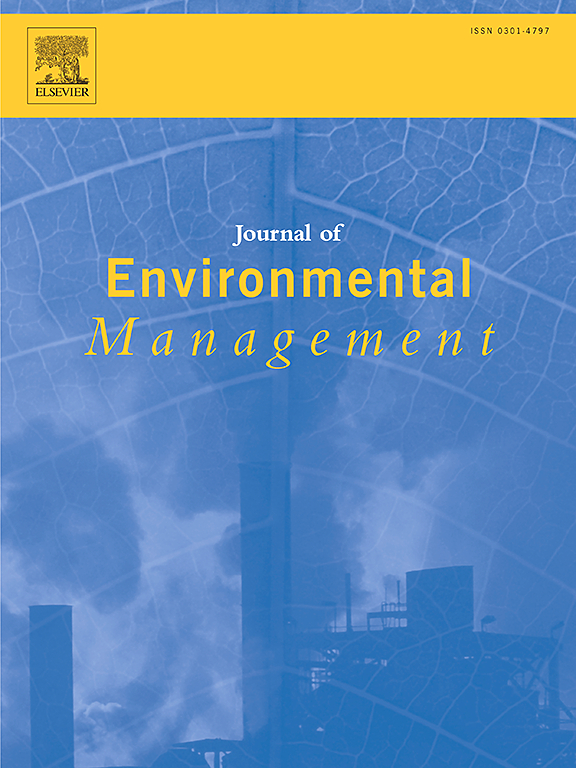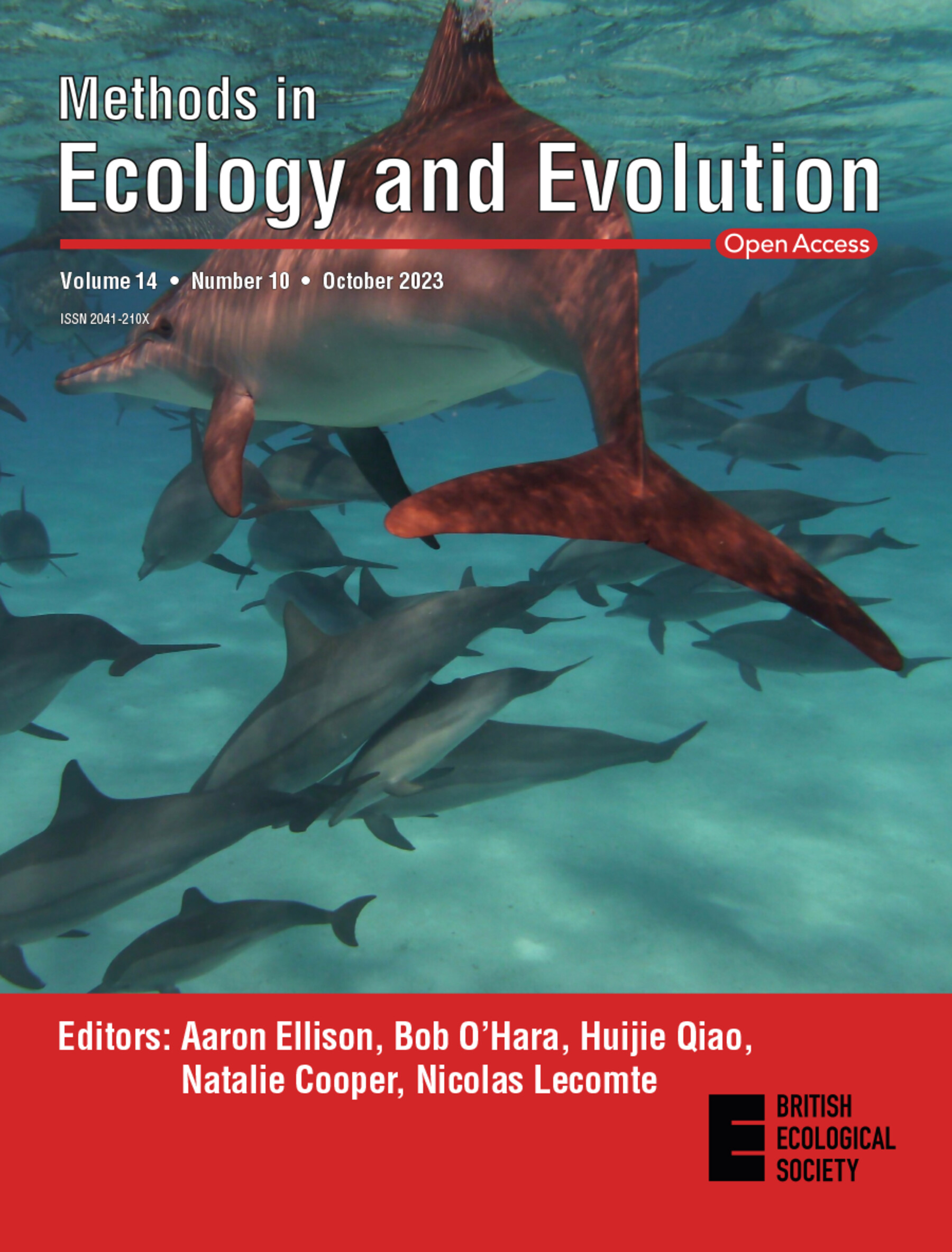
Countless organisms live on our planet. However, this biodiversity is threatened by human dominance. In particular, genetic diversity, species diversity and ecosystem diversity are affected. The main reasons for the rapid decline in biodiversity are climate change, large-scale land-use change, direct exploitation, pollution and the spread of invasive alien species. Freshwater species – from larger animals (“megafauna”), fish, amphibians, invertebrates, macrophytes to a variety of microorganisms (e.g. plankton, bacteria, fungi and viruses) – are particularly affected by these pressures. In this context, aquatic biodiversity contributes to the stability and resilience of ecosystems in the context of global change, and plays a central role in important ecosystem services such as water purification, food supply and recreational opportunities.
In the programme area “Biodiversity in a Changing World”, IGB engages in research on the drivers and implications of biodiversity loss and on how biodiversity can be conserved. The focus is on lakes, rivers and wetlands in general, including small freshwater habitats such as ponds and streams, as well as feedback mechanisms between aquatic and terrestrial systems.
Speakers
News
Downloads
Selected publications

Towards transformative change for biodiversity: What can we learn from case studies in Germany?
The authors analysed 22 case studies of biodiversity-enhancing societal processes and projects in Germany to identify barriers and success factors, as well as features that support transformative change towards sustainability and the mainstreaming of biodiversity. They identified 16 features that support transformative change for biodiversity, many relevant beyond Germany.
Fundamental questions in meiofauna research highlight how small but ubiquitous animals can improve our understanding of Nature
This paper identifies the top-50 priority questions for meiofaunal research, highlighting their critical roles in biogeochemical cycles and biodiversity. It calls for a balanced research agenda, international cooperation, and advances in technology to overcome current challenges and unlock meiofauna’s full potential.

A population Monte Carlo model for underwater acoustic telemetry positioning in reflective environments
In study areas near acoustically reflective surfaces, reflected transmissions may cause large detection outliers that reduce the accuracy of telemetry positioning. A novel time-of-arrival model is presented. This allows for positioning of aquatic animal in acoustically challenging study areas. It provides good measures of positioning uncertainty and is useful for fine-scale telemetry.
New fish migrations into the Panama Canal increase likelihood of interoceanic invasions in the Americas
The authors have compared the fish communities of Lake Gatun in the Panama Canal before and after the canal’s expansion in 2016: Marine fish species now make up 76 percent of the total biomass of the fish population and are primarily large predatory fishes. The lake’s food web is changing and local fisheries are impacted. There is also an increased risk of fishes colonizing the opposite ocean.
Ontogenetic shifts by juvenile fishes highlight the need for habitat heterogeneity and connectivity in river restoration
The authors analysed the habitat use of larval and juvenile fishes in the lower river Rhine. More than 60 per cent of the fish species switched between five different habitat types during their development, which should be available both in the river and connected floodplains. However, human intervention has drastically altered and homogenised the European river landscapes.

















